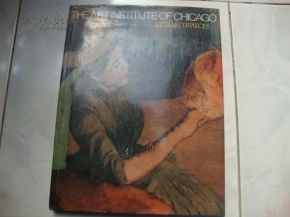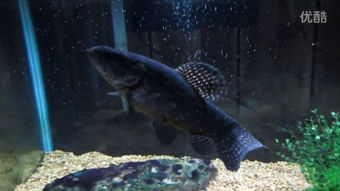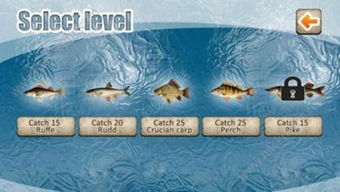Content:
Introduction: Fishing is an ancient pastime that has been cherished by many for its tranquility and the thrill of catching fish. Among the various fishing techniques, push pole fishing stands out as a traditional and rewarding method. Push pole fishing, also known as bamboo pole fishing, involves using a long bamboo pole with a weighted line attached to it to propel the angler through the water. In this article, we will delve into the art of push pole fishing and provide you with essential techniques to enhance your float fishing experience.
Choosing the Right Equipment: To embark on a successful push pole fishing adventure, it is crucial to select the appropriate equipment. Here are some key components you should consider:
a. Bamboo Pole: Opt for a high-quality bamboo pole that is sturdy and long enough to reach your desired fishing spot. The length of the pole can vary depending on the water body, but a standard range is between 12 to 20 feet.
b. Weighted Line: A weighted line is attached to the end of the bamboo pole. It helps to keep the line submerged and provides a stable anchor for your float. The weight should be suitable for the water's depth and current.
c. Float: The float is a buoyant device that floats on the water's surface and indicates when a fish has taken the bait. Choose a float that is appropriate for the conditions and the type of fish you are targeting.
d. Bait: Select bait that is suitable for the fish species you wish to catch. Common baits include worms, insects, or artificial lures.
Casting Techniques: Once you have gathered all the necessary equipment, it's time to learn the casting techniques. Here are some essential steps to follow:
a. Hold the bamboo pole with both hands, positioning your dominant hand near the end of the pole and your other hand near the middle.
b. Grasp the weighted line securely with your dominant hand and extend the pole forward.
c. Toss the weighted line into the water, ensuring that it is in a straight line.
d. Use a smooth and controlled motion to propel the line through the air, allowing it to land in the desired location.
Drift and Anchor: After casting, it is essential to understand the drift and anchor your line to maintain the desired fishing position. Here's how to do it:
a. Observe the water's flow and current to determine the direction and speed of the drift.
b. Use the weighted line to anchor your float, ensuring that it remains in the desired location.

c. Adjust the anchor weight according to the water's depth and current to maintain the float's position.
Reading the Float: One of the most crucial aspects of push pole fishing is reading the float. Here's how to interpret the float's movements:
a. A sudden dip or a quick movement of the float indicates that a fish has taken the bait.
b. If the float is pulled under the water, it suggests that a fish has successfully taken the bait.
c. If the float remains stationary, it may indicate that the bait is not attracting any interest.
Reeling in the Catch: Once you have identified a bite, it's time to reel in the catch. Here's how to do it:
a. Gently pull the line towards you, using a controlled and steady motion.
b. When the fish is close to the pole, gradually increase the tension to prevent it from escaping.
c. Once the fish is within reach, carefully land it using a net or by guiding it to the shore.
Conclusion: Push pole fishing is a traditional and rewarding method that offers a unique fishing experience. By following the essential techniques outlined in this article, you can enhance your float fishing skills and increase your chances of success. Remember to choose the right equipment, master the casting techniques, and read the float to improve your push pole fishing experience. Happy fishing!












